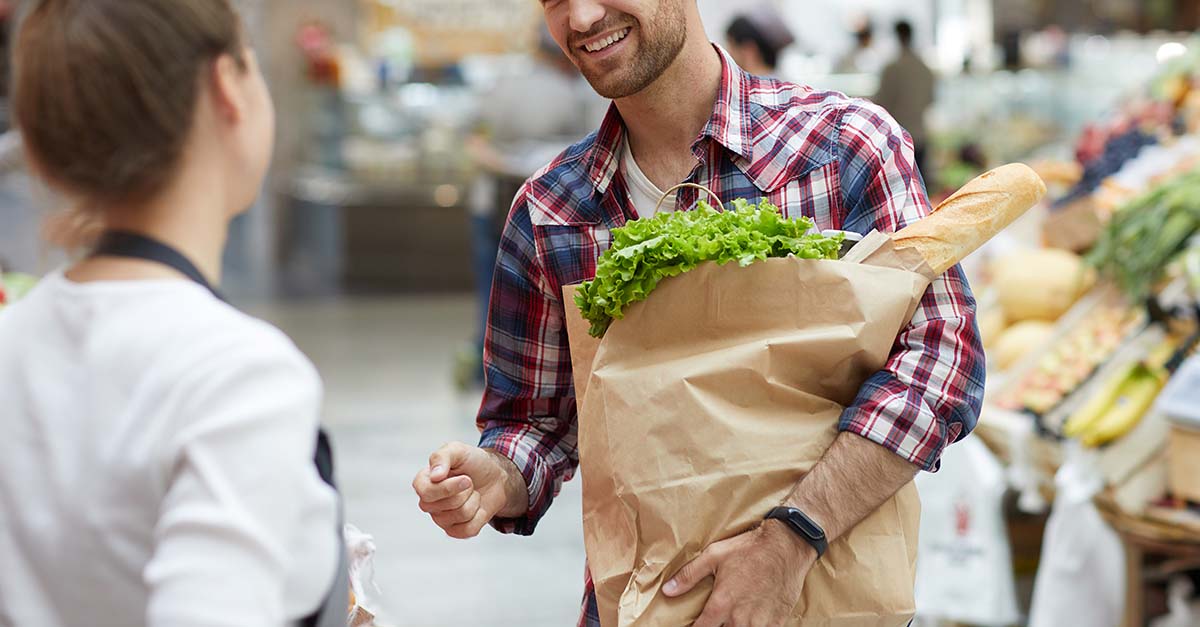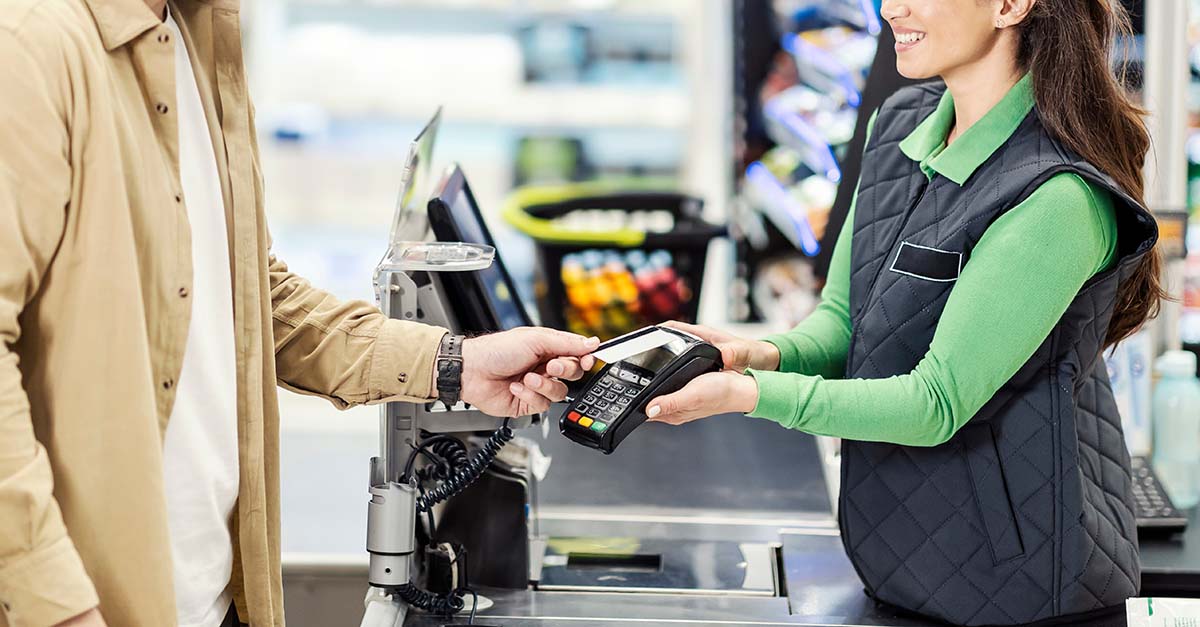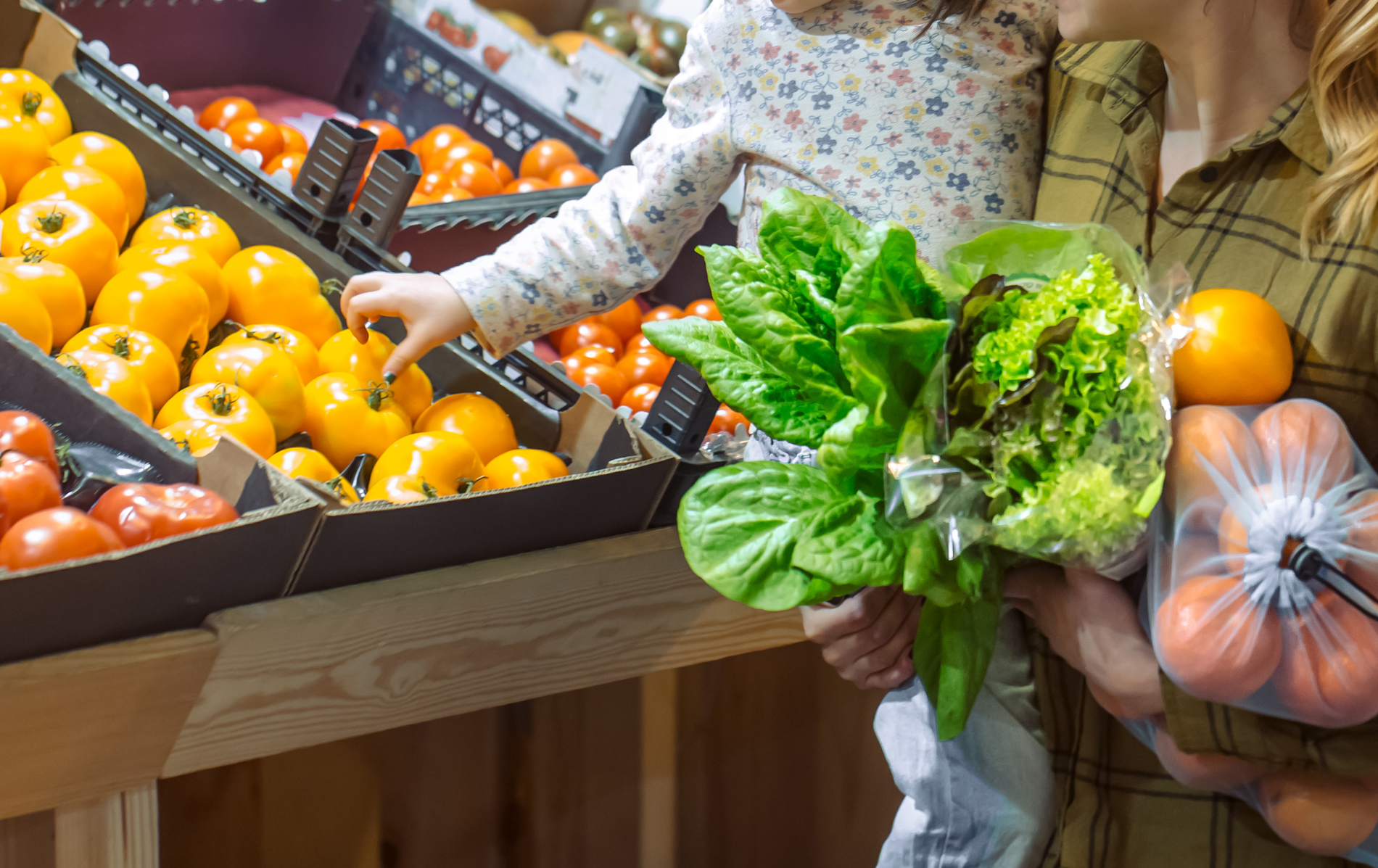Consumer c-store demand: Even as top-line revenue rises, other metrics tell a different story
Transaction data from more than 1,700 c-stores shows demand is actually in decline. We contextualized the numbers and interviewed consumers to find out what’s behind the shift in shopping behavior.

Dr. Thomas Weinandy
Consumer c-store demand: Even as top-line revenue rises, other metrics tell a different story


Early in the COVID-19 pandemic when customers sought relative safety of quick shopping experiences, demand for convenience store items soared. While store revenue and basket size appear to have steadily increased following that leap, contextualizing data in terms of inflation tells a different story.
Upside recently analyzed four years of transaction data from 1,700+ c-store locations to uncover today’s convenience shopping trends. We found that, despite top-line revenue growth, transactions per day and items per transaction are actually trending down. And that is indicative of an overall decline in c-store demand.
Let’s break down the numbers.
C-store demand: Top-line revenue doesn’t tell the whole story
Last August, the National Association of Convenience Stores shared that two in three (66%) convenience retailers reported higher sales numbers year-over-year. That continues a years-long upward trend in revenue — but that’s not the whole story. Adjusting those numbers for inflation makes a significant difference in how to interpret what it means for a business.
Data shows that inflation-adjusted daily c-store revenue has dropped 19% from January 2021 to January 2024.
In fact, January 2024 marked the largest year-over-year decline (-12%) observed over the 4-year period. That means that observed top-line growth in revenue post-pandemic is driven by inflation, and the trend of decreasing — not increasing — revenue appears to be gaining momentum.

Consumer c-store sales trends
Early in the COVID-19 pandemic, as gasoline demand dropped precipitously and oil prices briefly went negative, convenience stores saw a huge surge in demand. Thanks to changing customer preferences and shopping habits, from April 2020 to June 2020, average daily c-store transactions jumped by nearly 50%. That monumental shift resulted in a step-change for the c-store industry, creating a “new normal.”
Until recently, that transaction metric has remained around 30% higher than pre-COVID levels and, unsurprisingly, revenue data followed a similar course. It increased sharply at the pandemic’s onset, rose steadily for multiple years, and then began to come down in 2023 — revealing the early warning signs of slowing demand.
And, as of January 2024, shoppers were transacting 12% less often compared to last January. That’s the largest year-over-year decline across four years of data.
.png)
Why? In a word: costs.
27% of consumers reported shopping less often at c-stores than they did a year ago. And it’s not just the number of transactions that are down, either. The number of items per transaction is on a similar downward trend. While consumers are making less frequent trips, they’re gradually reducing the number of items purchased per trip as well.

What c-store shoppers are (and aren’t) buying
Changing customer preferences are reflected in category numbers, too. Consumers said they’re spending less on the types of food and beverage items they would typically buy from convenience stores.
In an Upside user survey of 1,500+ consumers, we asked them about purchase frequency in 13 different product categories, and only three showed higher spending: tobacco/vaping, bottled drinks, and cold-dispensed drinks.
Decreased spending was reported in the other 10 categories — most notably bakery, prepared foods, and alcohol.

As one survey respondent said of their c-store shopping habits: “With inflation, and the high price of goods, I am much more aware of the small purchases at these types of businesses and I avoid making them.”
Inflation’s outsized impact on c-store performance
The top-line revenue growth that initially appeared to be a boon for the c-store industry is more complex than it looks, and it’s influenced heavily by inflation rather than increasing demand.
Because of rising costs, consumers report that they’ve both pulled back on certain purchases to save money, and spread their spend to different store formats — grocery, big-box, and dollar stores, for example — with lower item-level prices.
The data and trends outlined in this post highlight the shifting dynamics of consumer demand and economic pressures. C-store retailers must stay agile and responsive to those shifting dynamics, including finding new ways to encourage fuel customers to go from the pump to the store.
Upside’s latest report digs even deeper into the data. Download the full report: C-store revenue is up, but is that the whole picture?
Share this article:
Dr. Weinandy is a Senior Research Economist at Upside, providing valuable insights into consumer spending behavior and macroeconomic trends for the fuel, grocery, and restaurant industries. With a Ph.D. in Applied Economics, his academic research is in digital economics and brick-and-mortar retail. He recently wrote a book on leveraging AI for business intelligence.
Request a demo
Request a demo of our platform with no obligation. Our team of industry experts will reach out to learn more about your unique business needs.

















